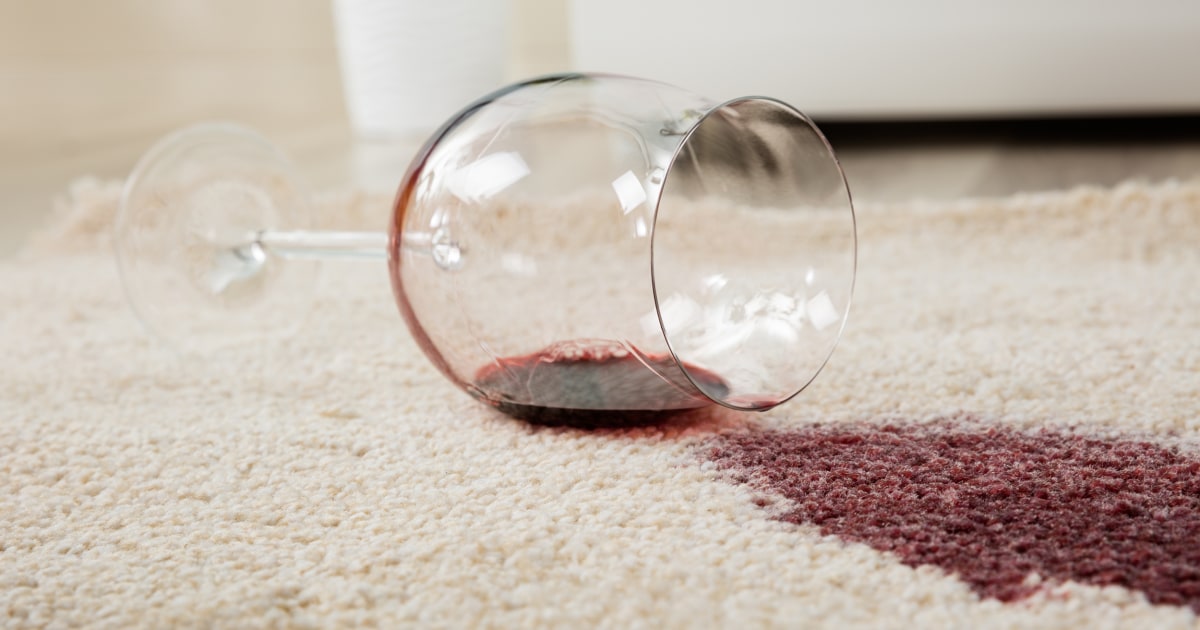Effective Stain Removal Techniques for Various Surfaces
Conceitos Básicos
The author provides detailed instructions on removing tough stains from various surfaces using simple household items and techniques.
Resumo
Stains on clothing, rugs, upholstery, and countertops can be effectively removed using everyday products like vinegar, hydrogen peroxide, baking soda, and laundry soap. Specific methods are outlined for different types of stains such as wine, ink, grease, pet urine, coffee, mud, and blood. These step-by-step instructions ensure successful stain removal without damaging the surfaces.
Customize Summary
Rewrite with AI
Generate Citations
Translate Source
To Another Language
Generate MindMap
from source content
Visit Source
www.nbcnews.com
How to get stains out of almost anything
Estatísticas
Mix a solution of oxygen bleach and cool water to remove wine stains.
Use a solution of 50% vinegar and 50% water to treat grease stains on clothing.
Add one cup of distilled white vinegar to the rinse water to help with odor removal in pet urine stains.
Mix 1/2 cup hydrogen peroxide with two cups cool water to remove coffee stains from rugs and upholstery.
Flush the stained area with cold water as soon as possible to remove blood stains effectively.
Citações
"Use a solution of oxygen bleach and cool water (or use a product with those ingredients) and soak the entire garment for at least one hour."
"If your carpet is white or a light color, it will appear bleached but If you leave it for a few weeks the color will even out once again."
"Mix baking soda and hydrogen peroxide to form a thick paste the consistency of peanut butter."
Principais Insights Extraídos De
by Vivian Manni... às www.nbcnews.com 02-21-2024
https://www.nbcnews.com/better/lifestyle/how-get-stains-out-almost-anything-ncna885806
Perguntas Mais Profundas
How do different fabric types react to these stain removal methods?
Different fabric types may react differently to various stain removal methods. For example, delicate fabrics like silk or wool may be sensitive to harsh chemicals and require gentler treatments such as using mild detergents or enzyme-based cleaners. On the other hand, synthetic fabrics like polyester or nylon are more durable and can withstand stronger cleaning solutions. It's essential to consider the fabric type before applying any stain removal method to avoid damaging the material.
What environmental impact do these cleaning solutions have?
Many traditional cleaning solutions contain harsh chemicals that can be harmful to the environment. Chemicals like bleach, ammonia, and phosphates can pollute water sources, harm aquatic life, and contribute to air pollution when released into the atmosphere. Additionally, some ingredients in commercial cleaners are non-biodegradable and can persist in the environment for a long time.
To reduce environmental impact, it's advisable to opt for eco-friendly cleaning alternatives such as vinegar, baking soda, hydrogen peroxide, or plant-based detergents. These natural ingredients are biodegradable and safer for both human health and the environment.
How can we incorporate natural alternatives into commercial cleaning products?
One way to incorporate natural alternatives into commercial cleaning products is by replacing synthetic chemicals with plant-based ingredients in formulations. Companies can source renewable resources like citrus oils, coconut oil derivatives, or essential oils as active components in their products. These natural ingredients not only provide effective cleaning but also offer additional benefits such as pleasant scents and skin-friendly properties.
Another approach is developing concentrated formulas that require less packaging material and water during production while promoting refillable containers to reduce waste generation. By prioritizing sustainability in product development processes and supply chains, companies can create eco-conscious cleaning solutions that align with consumer preferences for environmentally friendly options.
0
